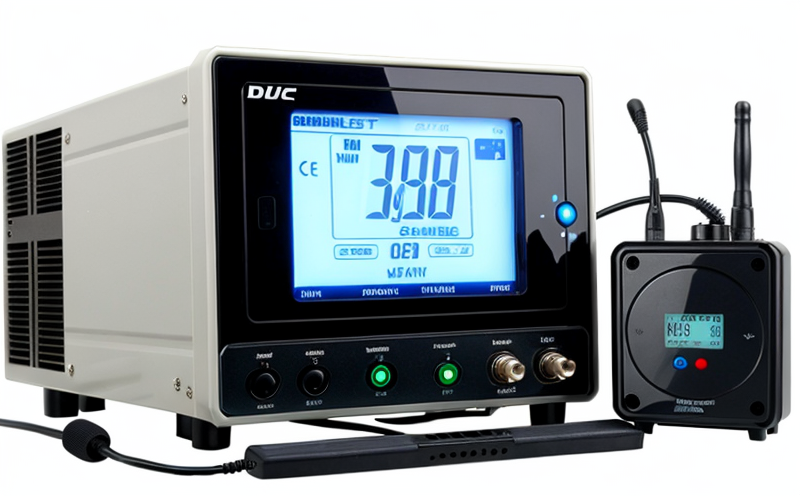FCC OET Bulletin 65 RF Exposure Guidelines Testing
The FCC (Federal Communications Commission) OET Bulletin 65 provides guidelines for determining compliance with the RF (Radio Frequency) exposure limits set by the Federal Communication Commission. These limits are critical to ensure that devices meet safety standards and do not pose a risk of harm from excessive RF energy.
Our service is designed specifically to evaluate whether wireless devices, such as cell phones, base stations, and other RF-emitting equipment, adhere to these guidelines. This testing is essential for manufacturers looking to ensure their products are safe for public use and comply with regulatory requirements before bringing them to market.
The FCC OET Bulletin 65 specifies the methods used to measure the exposure of human beings to radio frequency electromagnetic fields. This service helps our clients determine if their devices meet these stringent safety standards, ensuring they can confidently bring products to market without fear of legal or public relations issues.
Our laboratory follows the guidelines set out by OET Bulletin 65 and utilizes state-of-the-art equipment to conduct these tests. We ensure that all testing is conducted in a controlled environment that simulates real-world conditions, providing accurate and reliable results.
The scope of our FCC OET Bulletin 65 RF Exposure Guidelines Testing includes:
- Measurement of peak and average power output from the device under test (DUT).
- Evaluation of the DUT's performance across multiple frequency bands to ensure compliance with all applicable standards.
- Assessment of the exposure levels at various distances from the DUT to determine if they fall within acceptable limits.
The methodology for conducting these tests involves:
- Setting up the test environment with appropriate equipment, including measurement antennas and a human phantom.
- Calibrating all instruments used in the testing process to ensure accuracy.
- Measuring the RF emissions from the DUT at various distances using the calibrated equipment.
- Analyzing the data collected during the test to determine if it meets the specified limits outlined in OET Bulletin 65.
| Scope | Methodology |
|---|---|
| Measurement of peak and average power output from the device under test. | Setting up the test environment with appropriate equipment, including measurement antennas and a human phantom. |
| Evaluation of the DUT's performance across multiple frequency bands to ensure compliance with all applicable standards. | Calibrating all instruments used in the testing process to ensure accuracy. |
| Assessment of the exposure levels at various distances from the DUT to determine if they fall within acceptable limits. | Measuring the RF emissions from the DUT at various distances using the calibrated equipment. |
Scope and Methodology
Benefits
- Avoids potential legal issues related to non-compliance with RF exposure limits.
- Ensures product safety and protects consumers from harm.
- Facilitates smoother regulatory compliance processes by providing accurate test results.
- Reduces the risk of product recalls or market withdrawals due to safety concerns.
Customer Impact and Satisfaction
- Manufacturers can trust our testing services to ensure their products meet all necessary standards before going to market.
- Our services help companies avoid costly delays in the product development process by identifying potential compliance issues early on.
- We provide comprehensive documentation and reports that support successful compliance with regulatory requirements, enhancing customer satisfaction.





